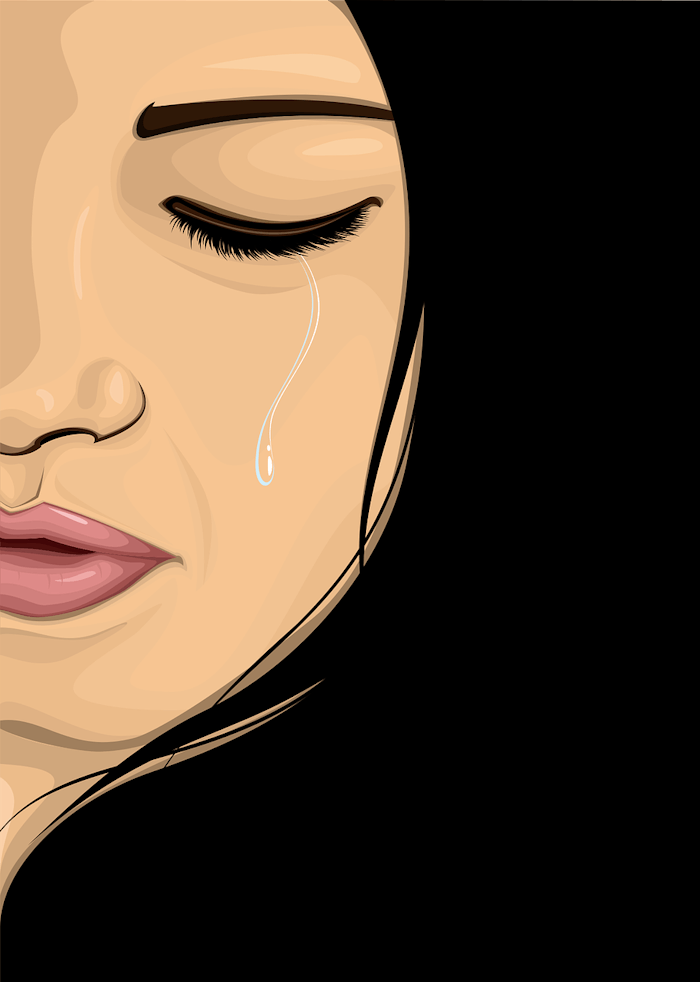Life
7 Things The Experts Really Want You To Know About Postpartum Depression
Soon after my daughter was born, her inconsolable colicky screams had my nerves on edge. I was sad, overwhelmed, and felt like a failure of a mom. My mother-in-law called it the "baby blues" assuring me I'd feel better soon. And, thankfully, a couple of weeks later, my daughter's colic was gone and I started to feel like myself again. This event got thinking about what would have happened if it wasn't the baby blues, but something more serious like postpartum depression. What do the experts really want you to know about postpartum depression, or PPD, in order to help those who are suffering get the proper help?
The Mayo Clinic defines PPD as a severe, long-lasting form of depression that comes as a result of giving birth. According to the Illinois Department of Public Health, 10 to 20 percent of new moms will experience PPD, as opposed to the 50 percent of women who will get the baby blues, which is a mild, brief bout of depression. So many moms feel that there is a stigma attached to PPD. They have a hard time reconciling their own diagnosis to the actions of mothers they have seen on the news who've harmed their infants and used PPD as their defense.
But, it is time to get rid of that stigma, and listen to what the experts want everyone to know about postpartum depression.
1It Doesn't Always Look Like Depression
PPD doesn't necessarily look like depression. "The symptoms of PPD aren't always typical symptoms of depression," Florida counselor Ally Chase tells me in an interview. "Many moms may experience postpartum anxiety or postpartum OCD, which can be equally as debilitating and confusing as PPD."
2The Signs May Be Subtle
Chase notes that although severe PPD or psychosis can be easier to detect — the mother will appear disconnected from her infant, hyper, or act very out of character — more subtle signs, those which may be confused for new-parent exhaustion can include, "excessive worry, irritability, lack of motivation to leave the home or to do activities of daily living or of enjoyment (cooking, calling friends, hygiene, reading, working out or hobbies)." Kids Health From Nemours suggested that if your "baby blues" last for more than one or two weeks, you should call the doctor to see if PPD can be the cause.
3There Are Risk Factors For PPD
According to WebMD risk factors for PPD include a history of postpartum depression, poor support from family, partner, and friends, being under a lot of stress including financial or family problems, or having a sick or colicky newborn. Other risk factors include physical limitations or problems after childbirth, a history or family history of depression, bipolar disorder, previous bouts of premenstrual dysphoric disorder (PMDD), which is the severe type of premenstrual syndrome (PMS).
4PPD Doesn't Discriminate
Even though it does increase the risk of postpartum depression, PPD doesn't only strike women with a history of mental illness, nor does having a history of mental illness guarantee that someone will experience PPD. Chase tells me that, "PPD affects working moms, stay-at-home moms, married or single moms, wealthy moms, poor moms, moms of all different ages and ethnic backgrounds."
5Treatment Is Key
Kids Health From Nemours noted that PPD can last for several months or even longer if it goes untreated. Monarch Healthcare warned that waiting too long to treat PPD may result in long-lasting effects. With proper treatment, a woman can start to feel like herself again.
According to Chase, the length and course of treatment depends on the mom, as each case of PPD is unique to the individual and her environment. An example of a treatment plan can include six to 18 weeks of weekly psychotherapy and a support group, with a possible medication regime of at least a year, prescribed by a psychiatrist with postpartum knowledge and experience. She notes that medications take time to work and postpartum hormones fluctuate for the first year after birth, especially if the mother is breastfeeding.
One important thing Chase believes can help is better screening for PPD at a six and 12 week postpartum check-ups with the OB-GYN.
6Create A PPD Safety Plan
Chase has a fabulous suggestion for all new moms: create a PPD safety plan. Prior to the birth of their child pregnant moms should be prepared with a list of resources, phone numbers to call, groups to attend, doctors to see for medication, and therapists to reach out to in the event that they start to experience PPD. They should discuss their fears and their plan with their primary support group and their doctor.
7Having PPD Doesn't Make You A Bad Mom
It's time to get rid of the shame that is associated with PPD. You are not a bad mom because you were diagnosed PPD, you're a great mom for getting treated for PPD. You are not a failure because you have to take medication, you're successful because you are managing your symptoms. According to the Mayo Clinc, postpartum depression isn't a character flaw or a weakness it's simply a complication of giving birth.
